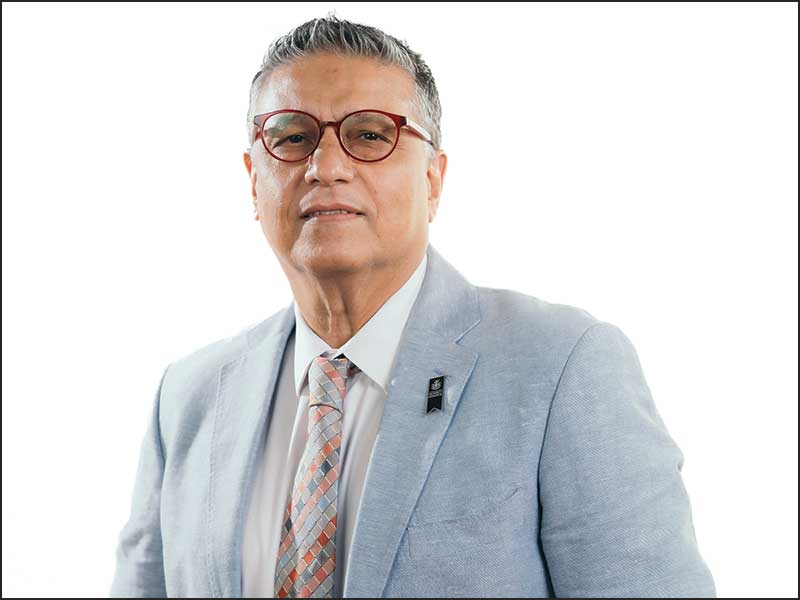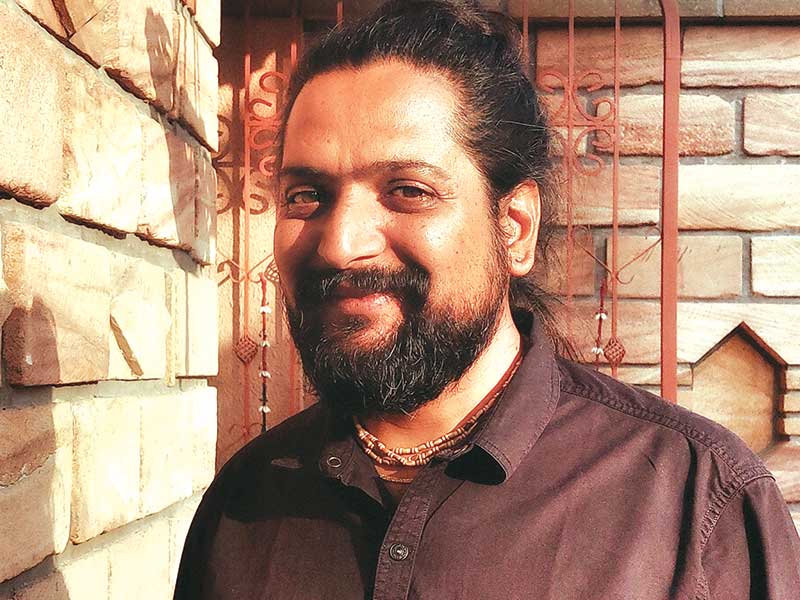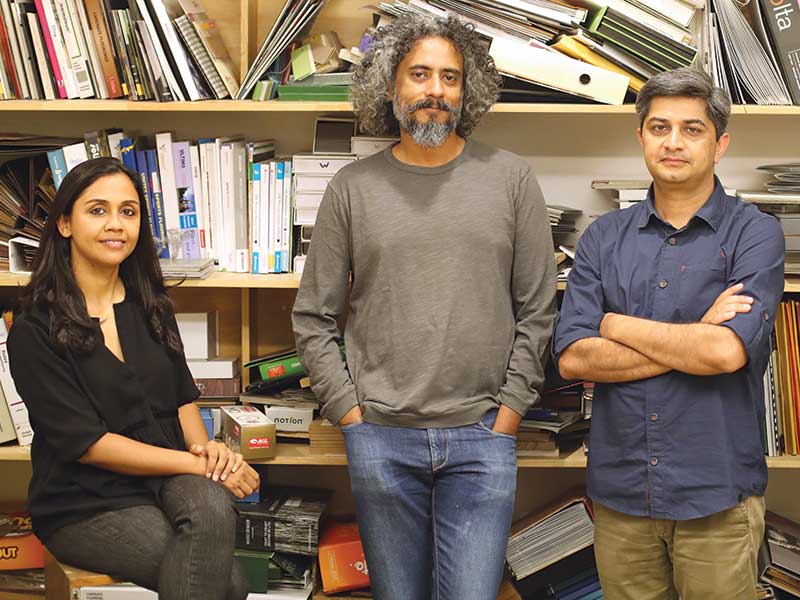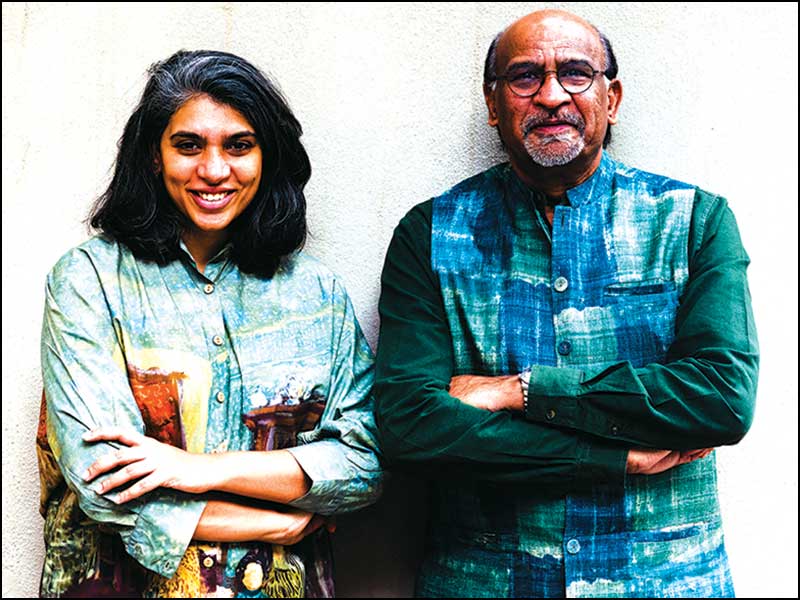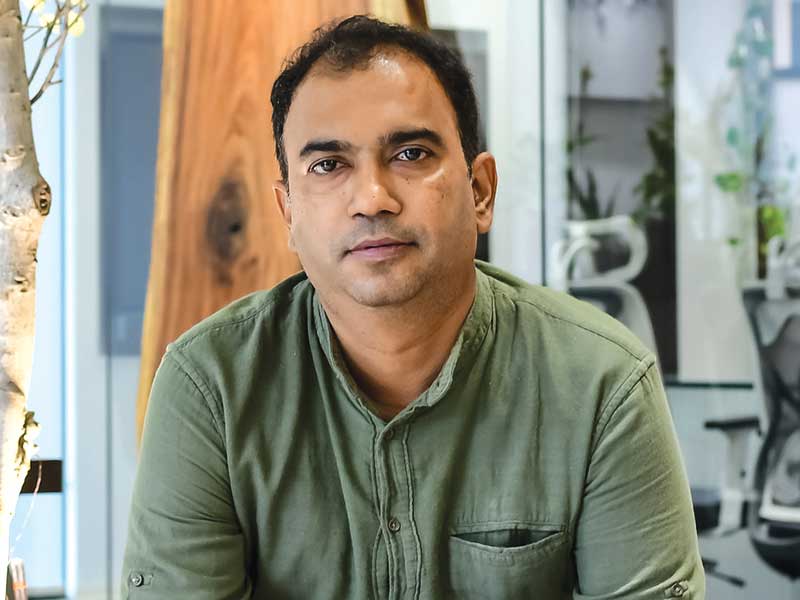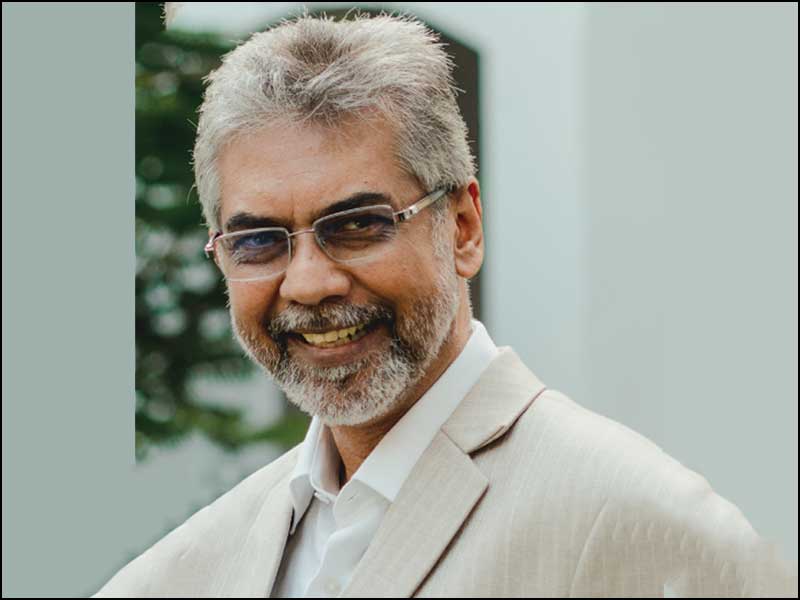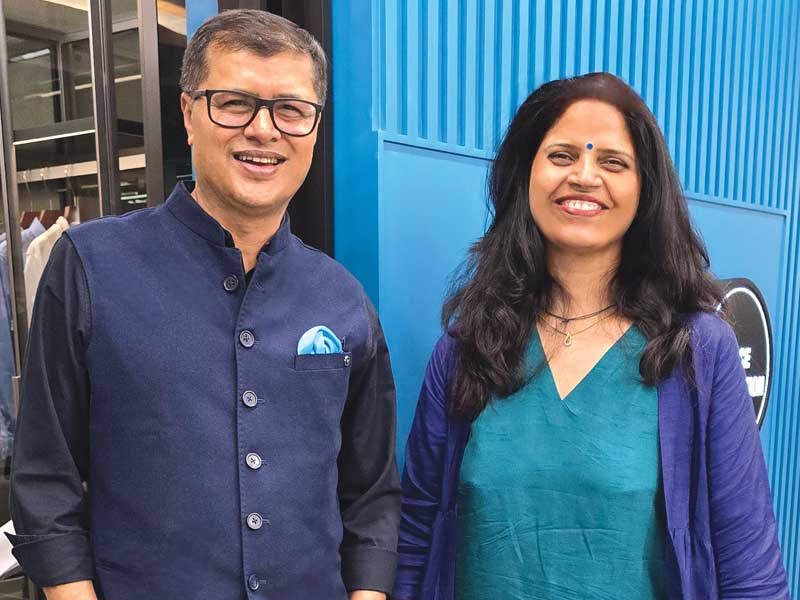
India is at a watershed moment in its architectural evolution, where a rich heritage of millennia of a vernacular ecosystem stands beside a more international kaleidoscope of design. Change is permanent, and that applies to architecture as well. Indian architecture has changed and evolved with a change in the world we inhabit, and the way in which we choose to do so. The incredible sensory overload that is our life now has definitely influenced how we think design, and billions of images of global architecture have definitely made us respond to what was anathema. New technologies, materials, and whole vocabularies of design are beginning to transcend cultures and geography. The only way forward is to learn and embrace this change.
BIM software has taken the guesswork out of several critical stages of design and construction
Complex projects have traditionally required some incredibly talented individuals to do extremely specific tasks to bring projects to fruition. BIM software has taken the educated guesswork out of several critical stages of design and construction, making the process of project delivery a seamless process. This also leaves the design team to concentrate on design, while being able to objectively assess each act of design with various parameters that would define its success, in real time. Such software allow architects the freedom to imagine, present, detail and deliver in a more cohesive manner.
 Tor City Mall, Temaa, Ghana
Tor City Mall, Temaa, GhanaUse of concrete and glass could be defined as a trend at the time of the modernist movement.
Materials are used as an aesthetic and functional expression of a design. Traditional materials like brick, stone, bamboo et al continue to be used, largely because of their aesthetics, but in limited quantities as compared to glass, steel and concrete. These meet a few basic functional requirements of almost any building. Use of concrete and glass could be defined as a trend at the time of the international style and the modernist movement, but at this time, these are efficient materials that are supposed to do the job. Aesthetics, in most cases, follows.
We will however see a more evolved use of traditional and/or local materials moving forward, as they are comparatively sustainable, and innovation in these materials and their use is widespread.
The prefab technique will bring the best of design and construction together.
Pre-site buildings have made commercial sense due to their modular composition, speed of site erection and therefore lower labour costs. These techniques are already popular in India for large scale housing projects and industrial structures, and, contrary to popular belief, do have the potential to allow an architect to design what she / he wants. The principal impact of this methodology would be a much stronger supply chain for construction, and a more robust construction quality. The technique used for construction does have a significant impact on the design of a building, but it need not overpower the aesthetic intent of an architect. Going forward, consideration of these techniques during design will definitely bring the best of both worlds together, design and construction.

